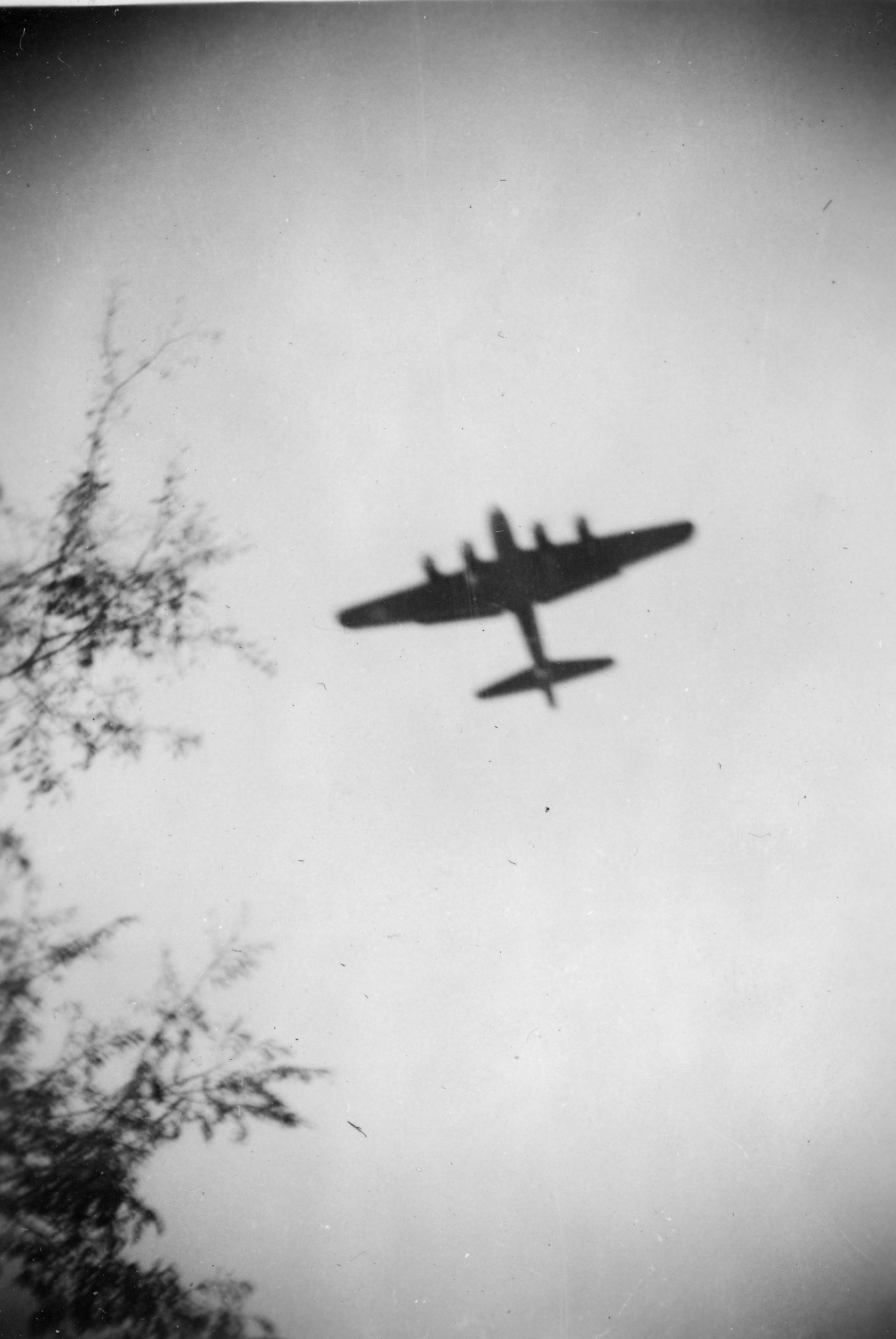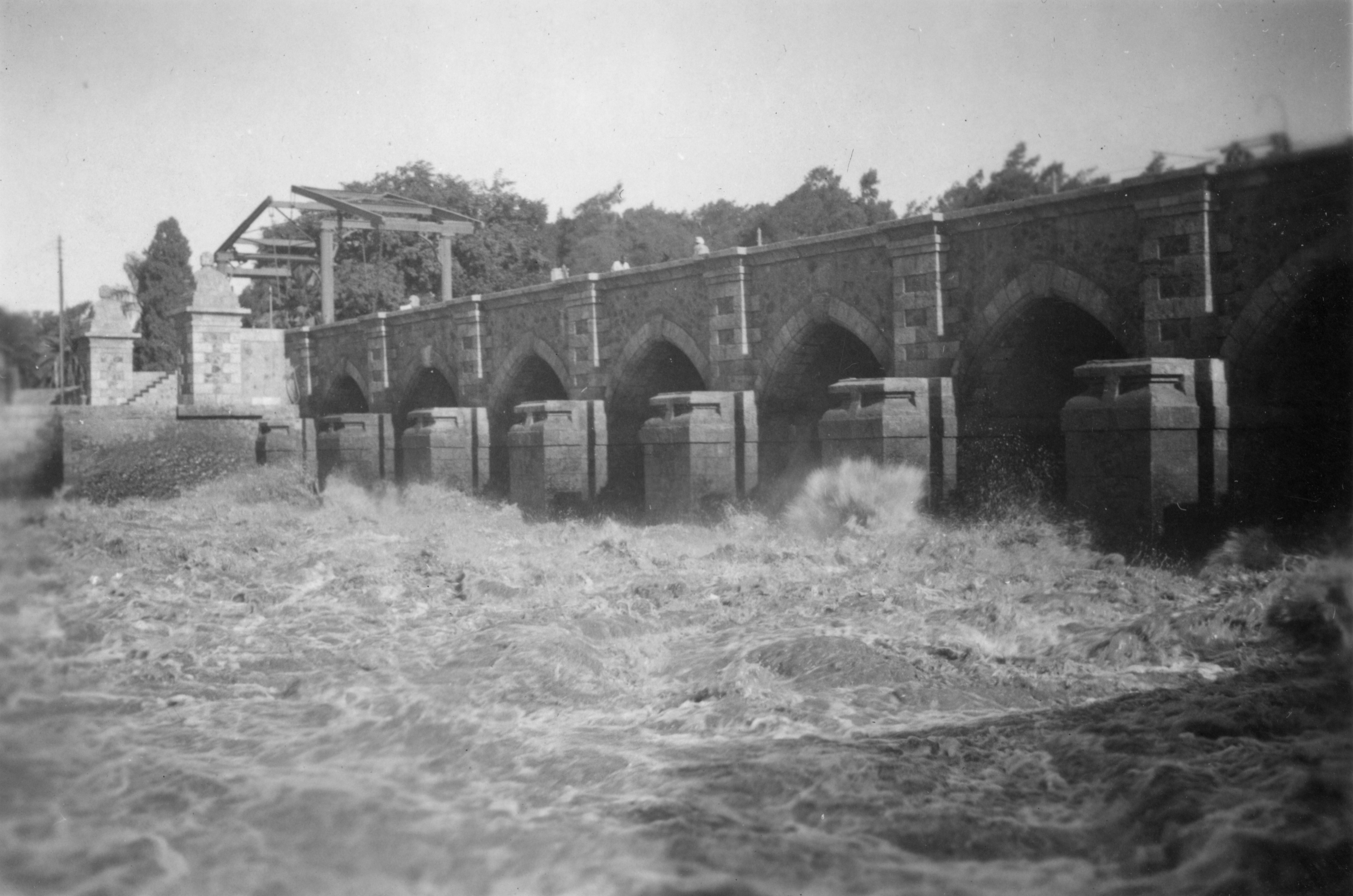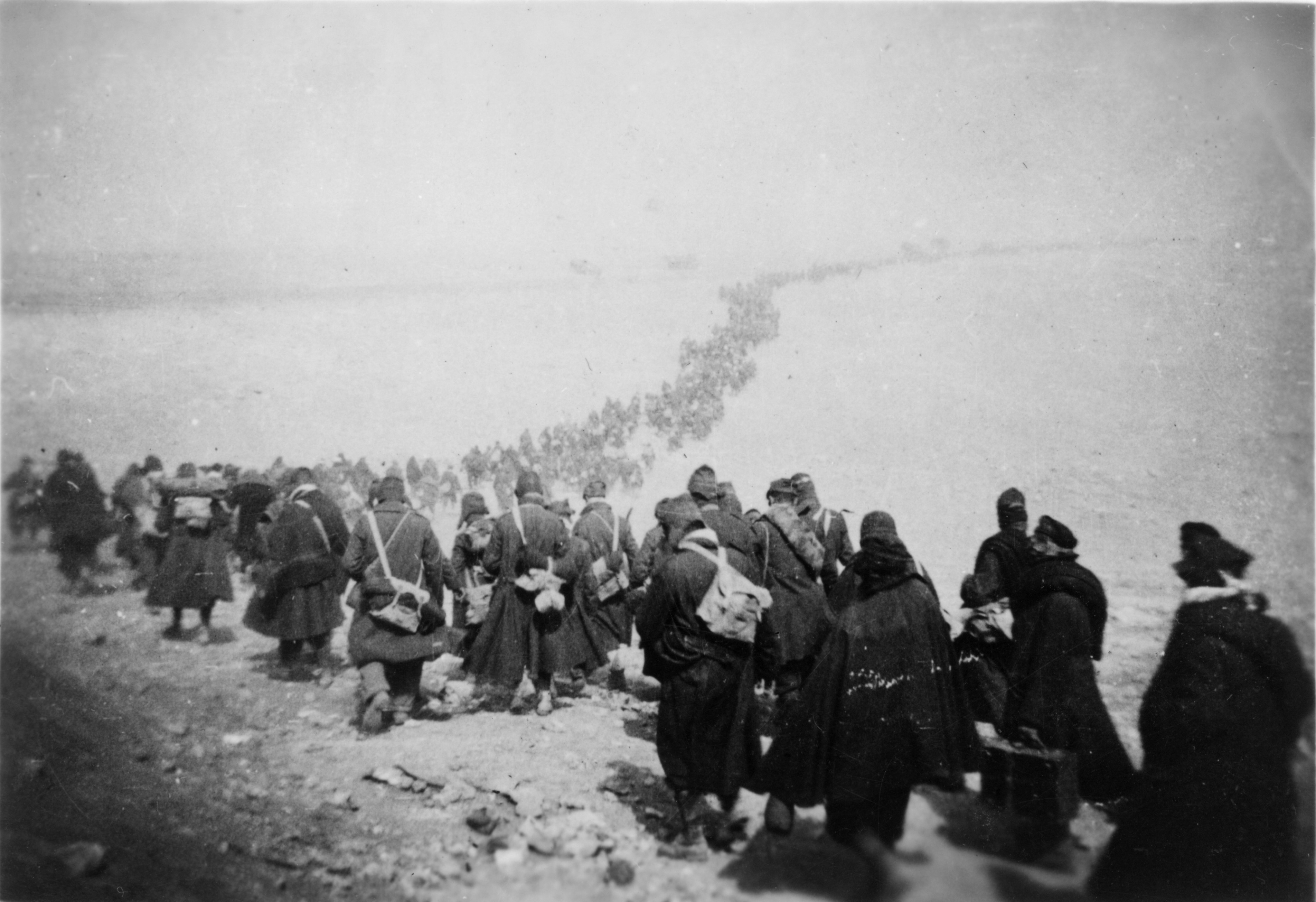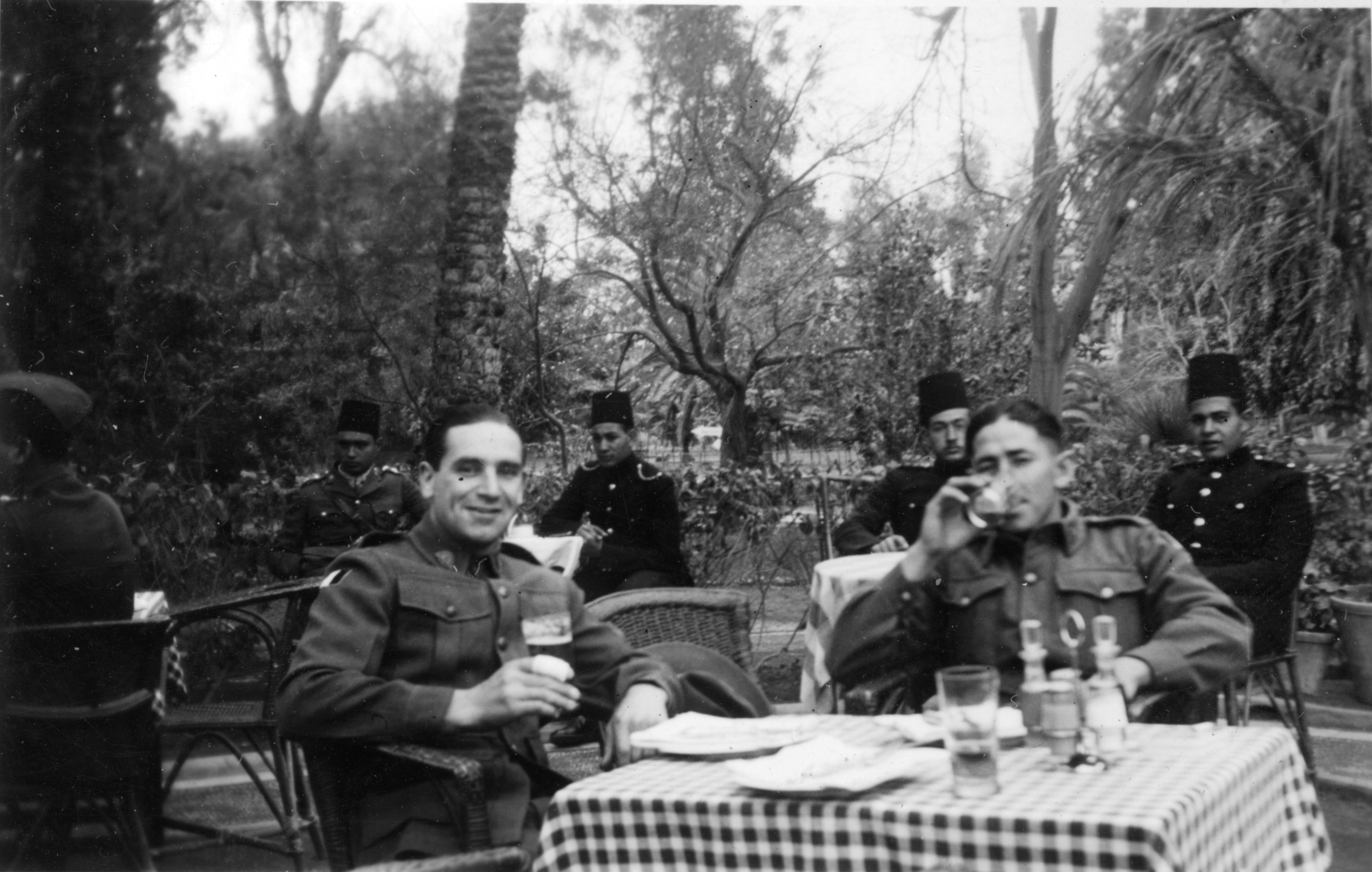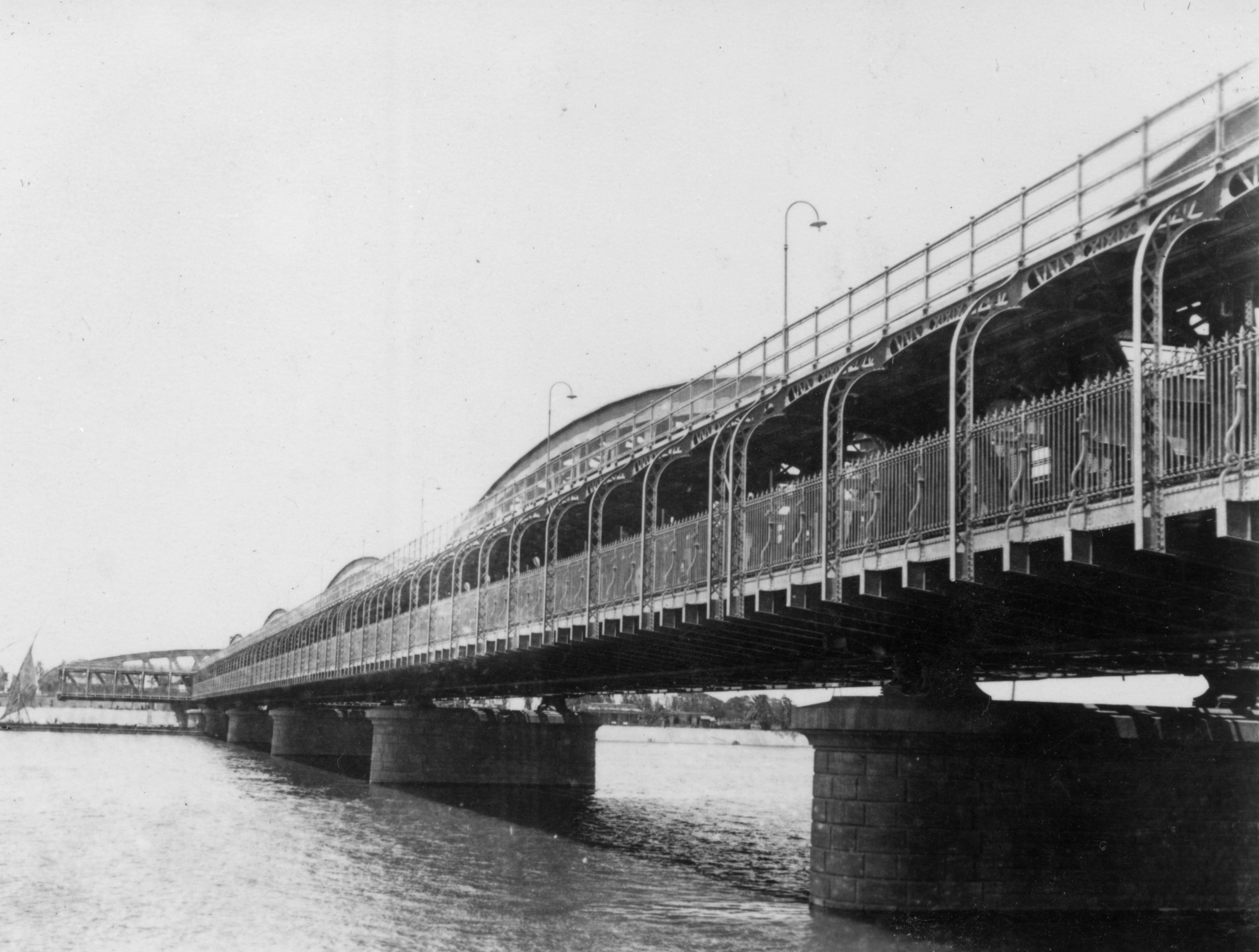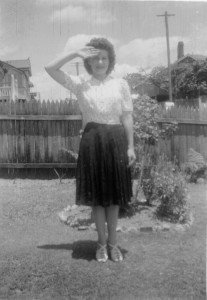I almost posted a photo of a big player on the German side of WWII as a response to the prompt ‘foreshadow’. But I’ve decided not to give him space.
I found the picture amongst my father’s photos, but there were others which, for the opponents of this grim man, undoutedly foreshadowed possible defeat. These two bombers would have had me worried if I were on the losing side (or possibly even if I were on the winning side and standing in the wrong place).
Under this one, the caption reads ‘Flying Fortress’, an American bomber.

The second is captioned simply ‘Bomber’. I assume it’s British, judging by the insignia on the wings and fuselage. Without knowing what the colours of the insignia are, I can take a guess that they are, from the centre out, red, white and blue, British colours:


